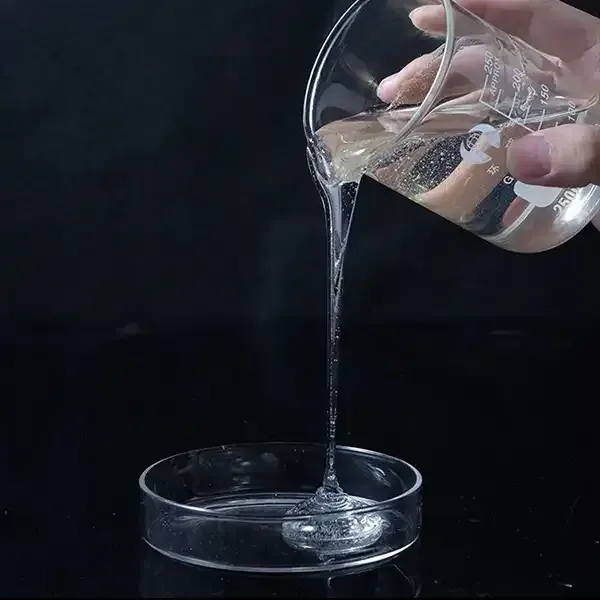The Rise of HPMC in Shower Gel Formulations
In recent years, the personal care industry has seen a notable shift towards utilizing natural and biodegradable ingredients in cosmetic formulations. One such ingredient that has gained attention is Hydroxypropyl Methylcellulose (HPMC), a versatile compound that is being increasingly incorporated into shower gel formulations.
The Rise of HPMC in Shower Gel Formulations
One of the primary reasons for the rising popularity of HPMC in shower gels is its compatibility with a wide range of surfactants. Surfactants are critical for cleansing products as they break down oils and dirt, allowing for easy rinsing. However, many traditional thickening agents can interfere with surfactant performance. HPMC, on the other hand, works harmoniously with various surfactant systems, enhancing their cleansing efficiency without compromising the overall product quality. This compatibility is particularly beneficial for brands aiming to create mild formulations for sensitive skin.
hpmc for shower gel

Another significant advantage of HPMC is its biodegradability. With growing environmental awareness among consumers, many are seeking products that minimize their ecological impact. HPMC is derived from naturally occurring cellulose, making it a more sustainable choice compared to synthetic polymers. This shift towards eco-friendly ingredients aligns with the trend of ‘green beauty,’ where brands prioritize formulations that are not only safe for consumers but also for the planet. Here, HPMC meets the dual demands of efficacy and sustainability, an essential consideration for contemporary cosmetic brands.
Furthermore, HPMC provides additional benefits, such as improved stability and shelf life of products. Its ability to retain moisture helps maintain the integrity of the formulation over time, ensuring that the shower gel remains appealing and functional from the first use to the last. This stability is particularly pertinent for brands looking to scale production without compromising on quality.
As consumers continue to prioritize transparency and sustainability, the incorporation of HPMC in shower gel formulations is a step towards meeting these demands. With its multitude of advantages, including enhanced texture, compatibility with surfactants, biodegradability, and improved stability, HPMC is set to become a key ingredient in the future of personal care products. In conclusion, the integration of HPMC into shower gels not only elevates the user experience but also aligns with the market's broader movements toward safe, effective, and environmentally friendly cosmetics.
-
The Application and Significance of Construction RdpNewsMay.19,2025
-
Industrial Grade HpmcNewsMay.19,2025
-
Building Coating Adhesive Building Coating Adhesive HpmcNewsMay.19,2025
-
Application Of Hpmc For Detergent For Detergent In DetergentsNewsMay.19,2025
-
Application Of Hpmc Cellulose In Cement-Based MaterialsNewsMay.19,2025
-
Application Of High Quality Hpmc For Construction In The Field Of ConstructionNewsMay.19,2025




